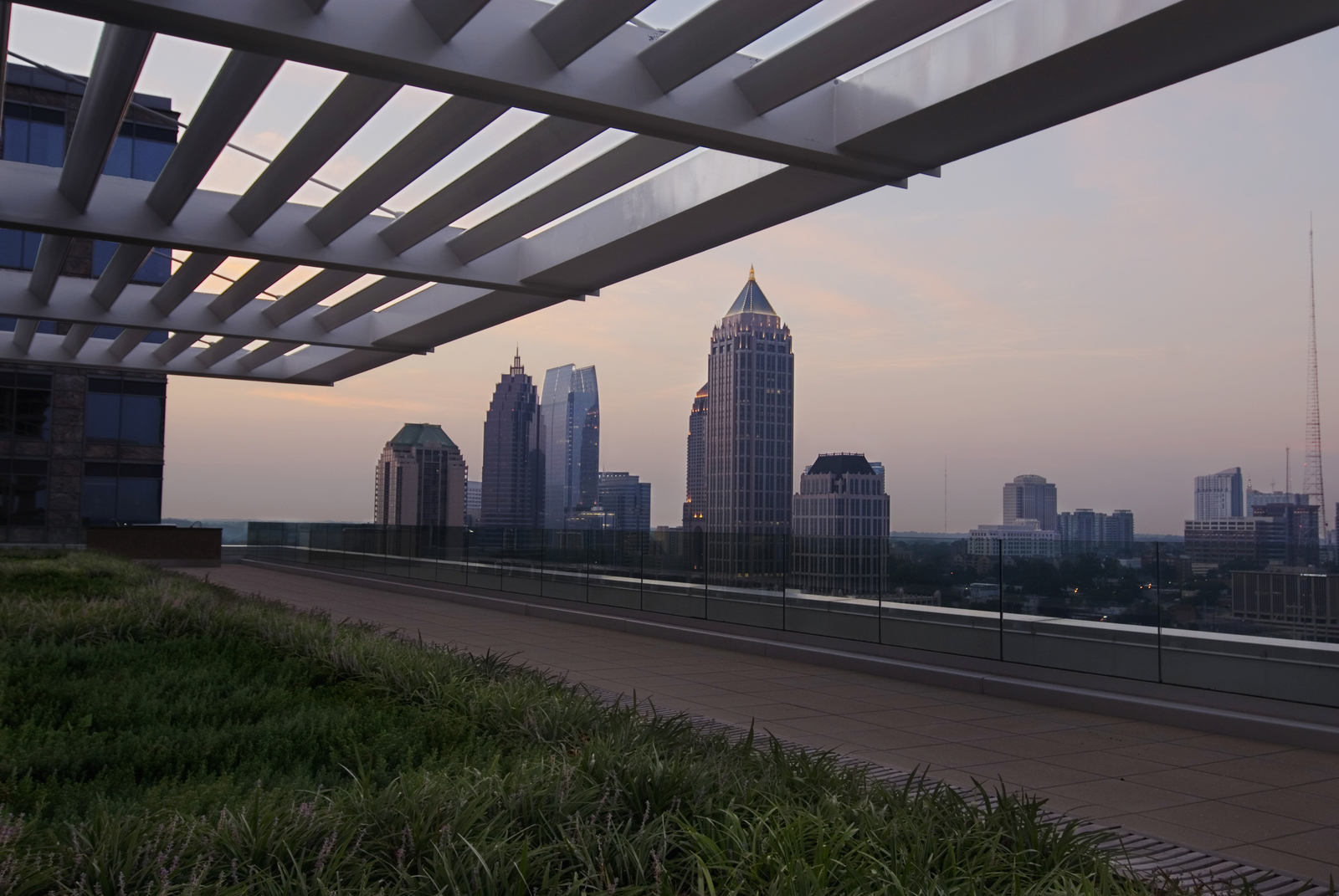Code Green Solutions


Green roofs have long been lauded as a solution for mitigating the urban heat island effect, the phenomenon where the density of buildings, pavement, and other non-natural cover in urban centers lead to significantly hotter temperatures than surrounding rural areas. The U.S. Environmental Protection Agency (EPA), for example, points to both green (vegetated) and cool (white) roofs as primary heat island mitigation strategies, as do USGBC and the American Society for Landscape Architects.
So, how well does this practice actually work? That’s up for debate explains an article published this past week in Nature Magazine. The article, authored by veteran science writer Hannah Hoag, highlights efforts around the world aimed at mitigating urban heat islands through the installation of green roofing systems, and discusses whether or not such initiatives are effectively working as intended.
At issue, Hoag explains, is the scale of the problem. While properly specified and installed green roofs can have demonstrable impacts on rooftop temperatures (and positively influence building energy use) its not clear whether such benefits extend beyond the building to the city or even street level.
The article points to a 2014 study which projects the Baltimore-Washington area would need to ‘green’ 90% of area roofs to see even a 0.5 °C decrease in “daily maximum air temperature” during a heatwave. A similar study in Toronto indicated that a 0.5 to 2 °C decrease could be achieved if “the city’s entire 50 square kilometres of available rooftop were converted to green roofs.”
It’s not all bad. The article acknowledges that green and cool roofs can have significant building level impacts, and points to simulations suggesting that high albedo white roofs may have a meaningful impact on cooling cities (though these too come with trade-offs, including, in some cases, decreased rainfall and reduced air quality).
Read the full article at Nature.com: http://www.nature.com/news/how-cities-can-beat-the-heat-1.18228. It’s a fascinating examination of the benefits, trade-offs, and challenges associated with urban heat island mitigation.